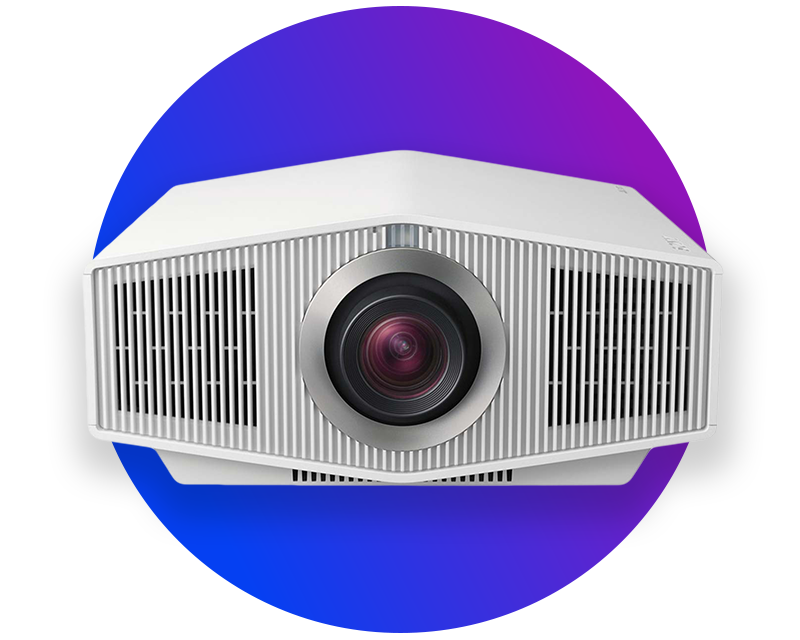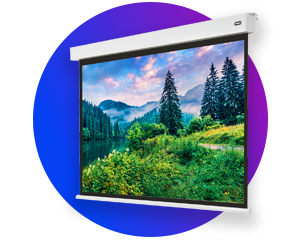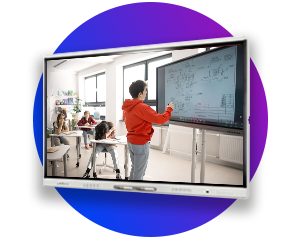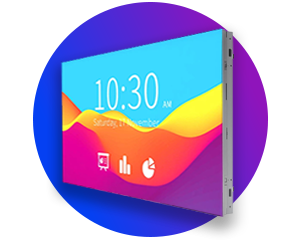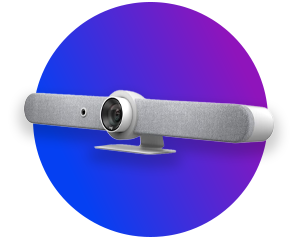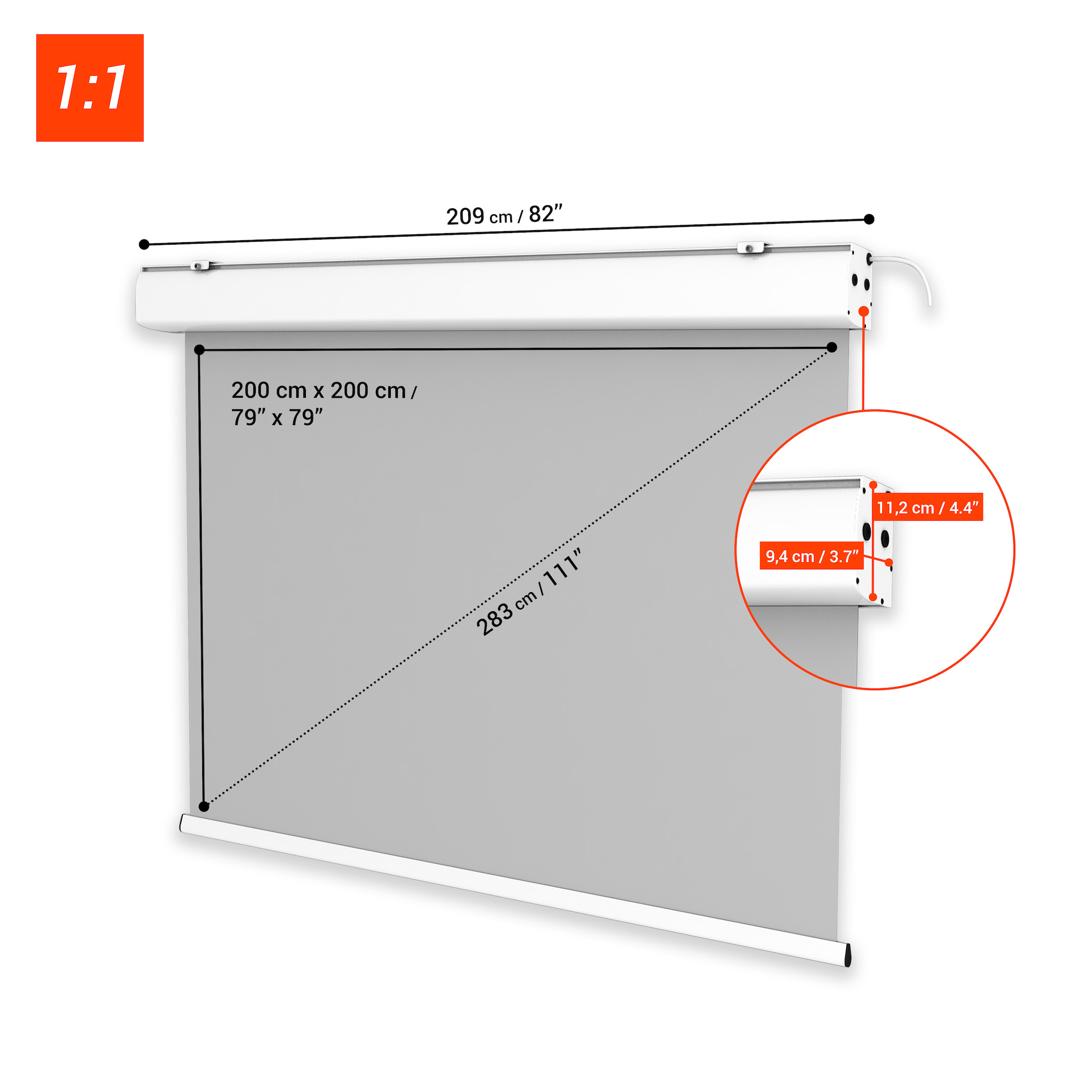Electric screens
The electric screen is the most convenient form of installation. A click on the switch or remote control and the screen opens to the desired position. Elegant in business - a treat for your home cinema.
150 Products
Sort by:
Page
Page


